What to know about adding a CV picture
A CV picture might seem like a great way to enhance your CV, but what do you need to know before you add one?
A CV picture might seem like a great way to enhance your CV, but what do you need to know before you add one?
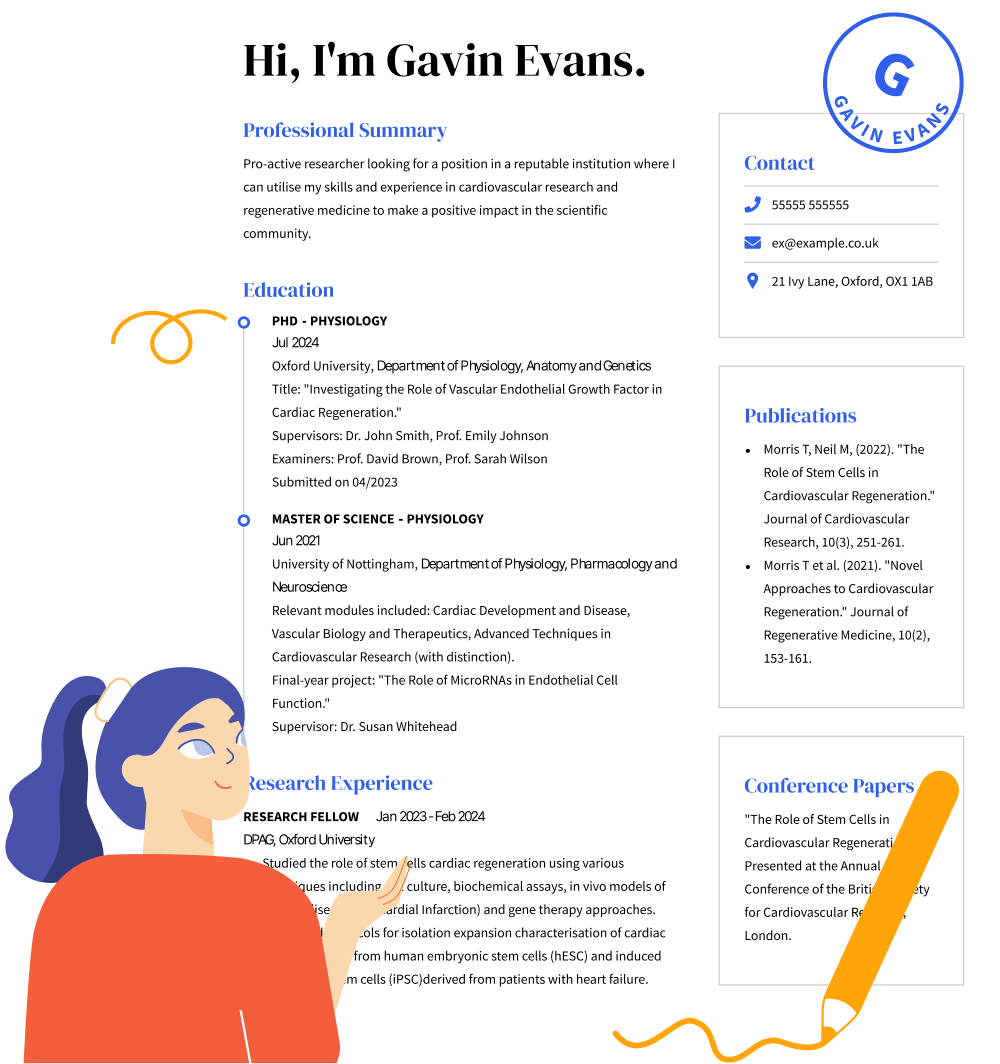
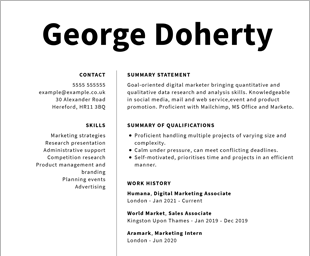
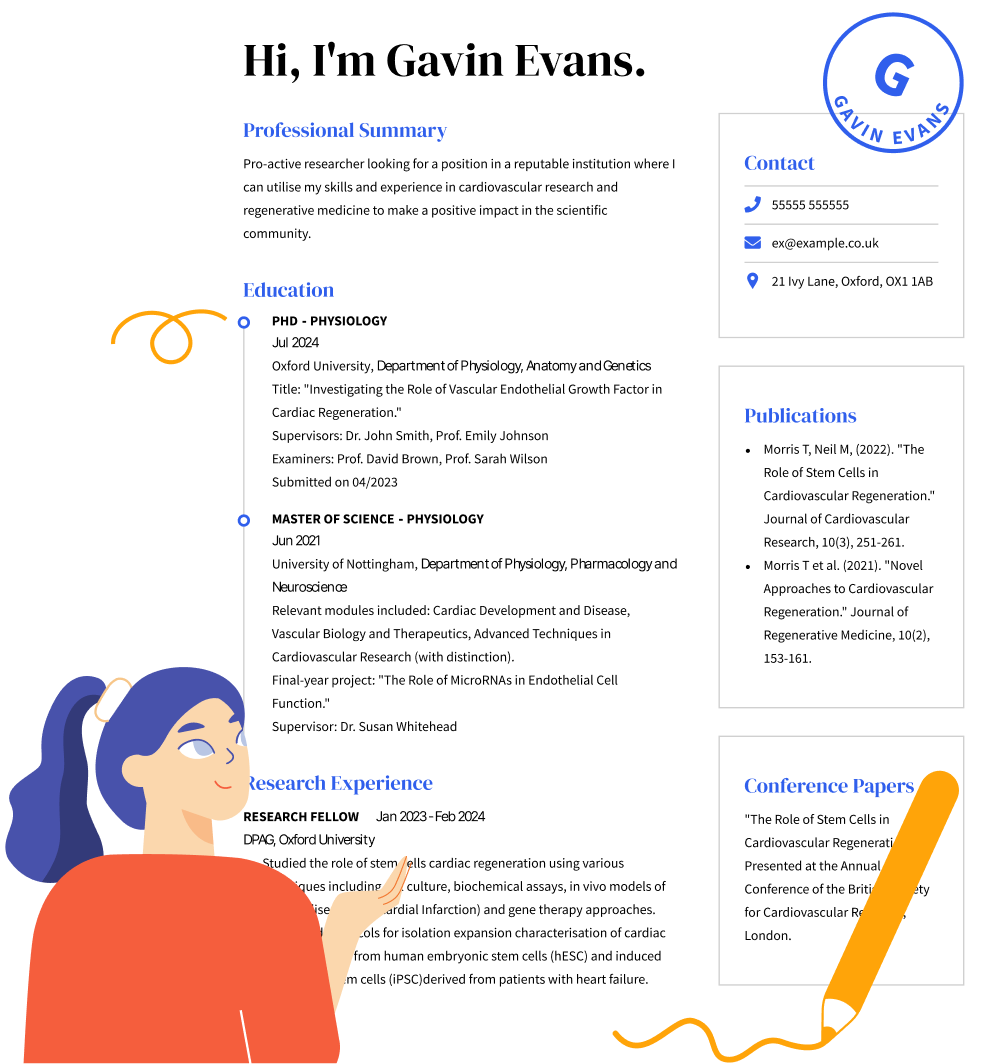
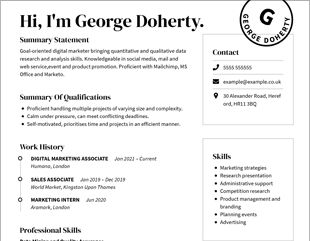
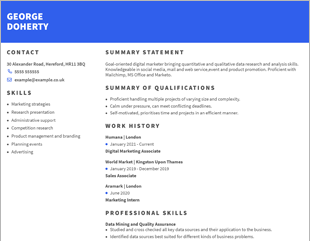
OUR USERS HAVE BEEN HIRED BY
A CV picture is just what it sounds like—a CV with a picture of you attached to it or featured on it. The purpose of including a CV picture is to show what you look like to recruiters and hiring managers. The concept of attaching or including a headshot with a CV has been around for a while and has oftentimes, been the subject of debate. While some believe a CV picture can help hiring managers connect with job seekers beyond the sheet of paper that makes up their CV, others note that putting your picture on your CV has the potential to create bias.
The general consensus in the UK is that it is not a good idea to include a picture in your professional CV for a number of reasons. Unless you’re a model and your CV is intended for modelling agencies or you’re applying for a job in another European country, you should not include your headshot with the CV. Instead, provide a separate portfolio when requested.
The main reasons behind this advice are simple. First, a CV is not the best place for your picture. There are many other more effective places to showcase a professional photograph of yourself like on LinkedIn. Second, there are many companies, especially in bias-conscious countries like the U.S., the UK and Canada, where companies discard CVs and cover letters with attached images as a matter of policy. This is partly to do with anti-discrimination regulations and concern about the possibility of bias lawsuits. Another good reason to avoid putting a picture in your CV is that this may impact the way a CV is read by an applicant tracking system (ATS), which can have difficulty scanning CVs with extra graphics and images.
If the job description asks for a CV picture, however, include it alongside strong content. Our CV Builder has dozens of colourful and professional CV templates that allow you to attach a portrait of yourself, are ATS-friendly and are easily editable. Tailoring your CV to the job market and the particular job title you are applying for is crucial.
It is undeniably true that a great photo can make a good first impression and help you to land your dream job, but there are more appropriate places for your photo that will be less likely to hinder the hiring process for you. The other places to include your photo are:
Professional social media like LinkedIn has revolutionised job search. If you’re tempted to include a CV photo but want to make sure you want to avoid a discriminatory situation, you can always include your social media profile link in your CV header. Make sure you have a professionally done profile photo; a selfie could do more harm than good.
If you have a professional business card, you can include a professional headshot on it. Once again, ensure this is a professional photo, not a selfie. You need to make sure you give the right impression. For example, your photo should show you wearing appropriate business clothing.
There are plenty of other things you can do to help your CV stand out without including a photograph. The way you format your CV, its appearance and even the colour scheme all impact a hiring manager’s first impression. For this reason, the layout and design of your CV are almost as important as its contents. Here are some examples of ways you can make a strong first impression with your CV:
Creating a logo for your CV is a good way to make a strong first impression without a photo. Place this at the top of your CV and make sure it does not interfere with the wider layout.
The right font and size are important to the look of your CV as are the margins. Stick to traditional, professional fonts like Arial and Calibri, and aim for a font size of 10.5 to 12. Your margins should generally be one inch all around, but you can lower this to 0.5 of an inch if you need more space.
Your CV format, or how your CV is organised, says a lot about you as a job seeker. A functional CV with a large skills section gives a different impression than a traditional chronological CV with a large work history section. For more on picking the right CV format, visit our CV formats page.
CVHelp has a range of professional CV templates you can make use of if you want inspiration. A CV with informative content and the right layout can make all the difference and help you land an interview or even a new job.
Unless you’re submitting a CV for a job in which physical appearance is important (e.g., an acting or modelling job) or applying for a job in another European country, you should not include a photo, even a professional photo. Instead, you should send a portfolio separately if requested by the hiring manager or in the job posting.
If you want to make a good impression on people by including a photo on your business card or professional social media (such as your LinkedIn profile), you should invest in professional headshots. A professional photographer will be able to provide a quality image that gives a professional aesthetic in a way that a selfie generally won’t.
No. While a professional photo can be useful in certain professions, something like a simple but striking header design for your CV will be better in most cases because it also showcases your branding and makes you memorable for recruiters, without running the risk of introducing bias.
We personalize your experience.
We use cookies in our website to ensure we give you the best experience, get to know our users and deliver better marketing. For this purpose, we may share the information collected with third parties. By clicking “Allow cookies” you give us your consent to use all cookies. If you prefer to manage your cookies click on the “Manage cookies” link below.